| Martin Newth |
| mail@martinnewth.com |
| ............................................ |
| projects |
| exhibitions |
| publications |
| cv |
| contact |
Constructing Landscapes/Building Worlds, 2020 |
|||||||||||||||
|
|||||||||||||||
|
|||||||||||||||
|
|||||||||||||||
| ‘Constructing Landscapes/Building Worlds’ was made during the summer of 2020, shortly following the first nationwide Covid-19 lockdown. The film-essay asks fundamental questions about landscape and control, asking who owns it, who has access to it, how is landscape used, and what might inform the decisions we make about our environment in the future? | |||||||||||||||
The location and inspiration for the film-essay is the Isle of Portland, Dorset. Described by Jonathan Meades as ‘a bulky chunk of geological, social, topographical and demographic weirdness’ Portland is not actually an island but is attached, via a small causeway, to the south coast of England. The site of numerous quarries, Portland’s rock has been used as the raw material for the construction of thousands of the notable buildings ranging from St Paul’s Cathedral to the Bank of England and London Bridge. Exploring the construction of images as well as the constructed nature of the landscape and cities, the film-essay is a kind of meditation, which moves fluidly between current events and deep geological time exploring legacies of the Picturesque, militarisation of land, deep time and the Anthropocene. The images of fossils which punctuate the film denote the movement of continents, providing markers of geologic and climatic change over millennia. These fossils have been rescued from the quarries of Portland and now make up a tiny fragment of the Living Land Archive, collated by Hannah Sofaer (artist and Director of Portland Sculpture and Quarry Trust) and others over the past 35 years. |
|||||||||||||||
|
|||||||||||||||
This film-essay provided the starting point for a collaboration with Late at Tate Britain. Coinciding with Tate’s Turner in the Modern World exhibition the film connects landscape to Tate via a drawing by Turner, which features the limestone quarries on the Isle of Portland, the source of the rock used to construct Tate Britain itself. Over 70 short films were made by students at Chelsea College of Arts and the Tate’s Collective Producers in response to ideas raised. The films represent a multitude of ways that landscape is understood and imagined now. They reflect on how engagement with landscape has changed over time and been forged through the ways it is depicted. The themes that the artists explored range from race and the legacies of slavery, to sovereignty and nationality, to geology and the climate emergency. The films were premiered at Late at Tate Britain Online* on December 15, 2020 - https://www.tate.org.uk/whats-on/online-event/late/late-tate-britain-online - and are now also available to view here: https://www.youtube.com/playlist?list=PL-sr4kkIHNV6_XGUGpkLPogLJHKtz95tR |
|||||||||||||||
|
|||||||||||||||
|
|||||||||||||||
Recording the landscape using a 10x8 field camera at the spot from where Turner made his drawing in 1811 |
|||||||||||||||
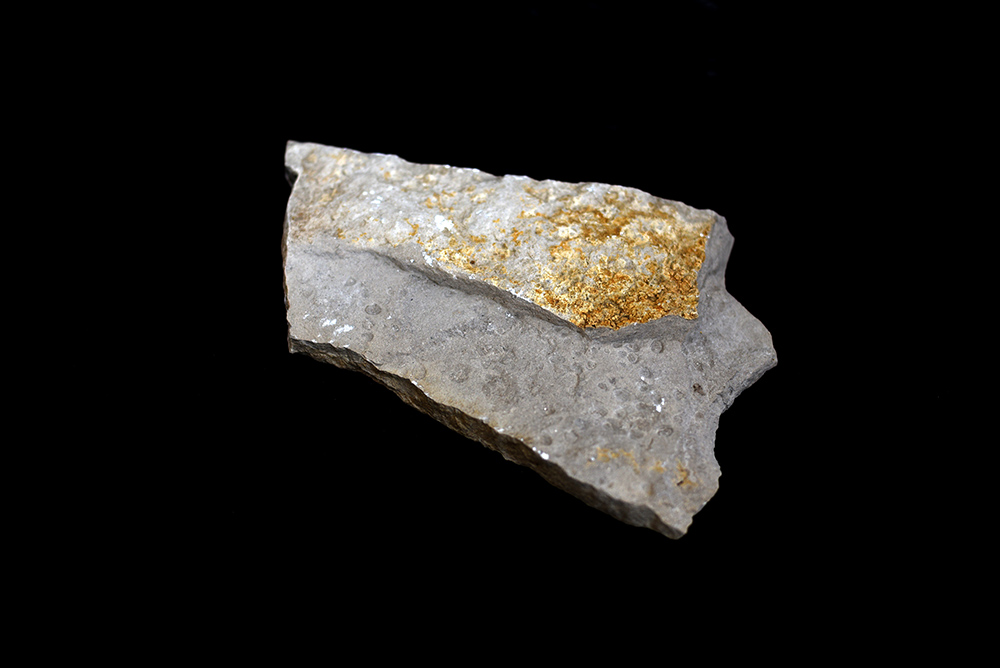 |
|||||||||||||||
| Fossil from the Living Land Archive | |||||||||||||||
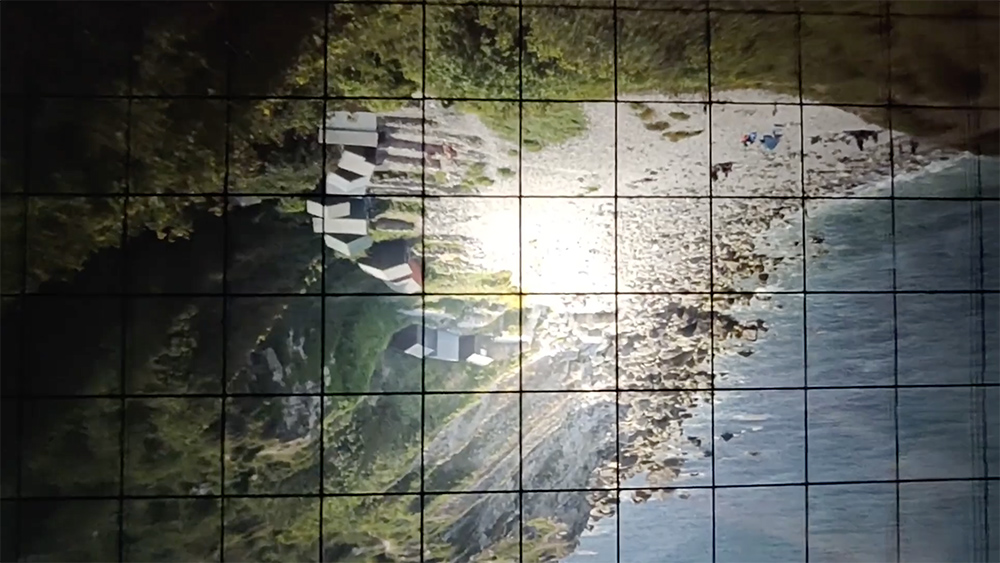 |
|||||||||||||||
| The inverted image on the camera's ground glass screen of Church Ope Cove | |||||||||||||||
|
|||||||||||||||
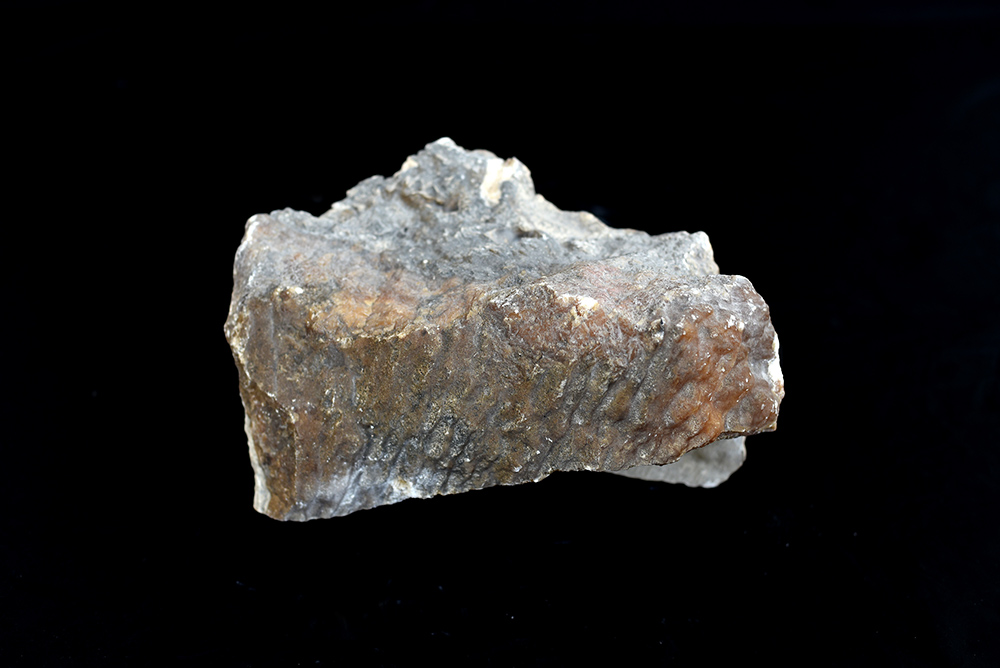 |
|||||||||||||||
| Fossil from the Living Land Archive | |||||||||||||||
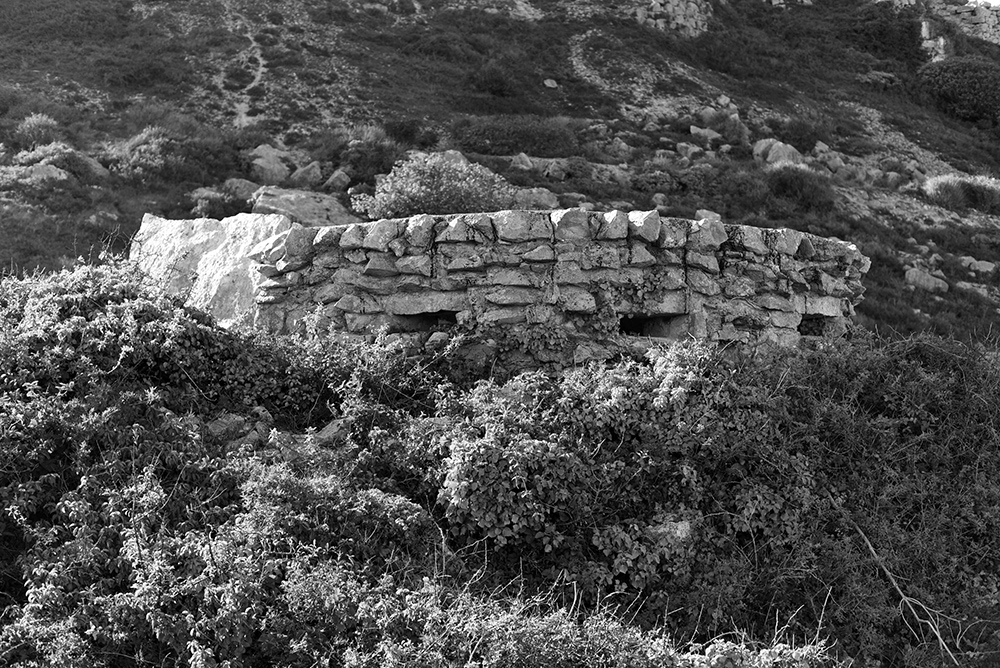 |
|||||||||||||||
| World War 2 'pillbox' constructed from concrete and Portland limestone | |||||||||||||||
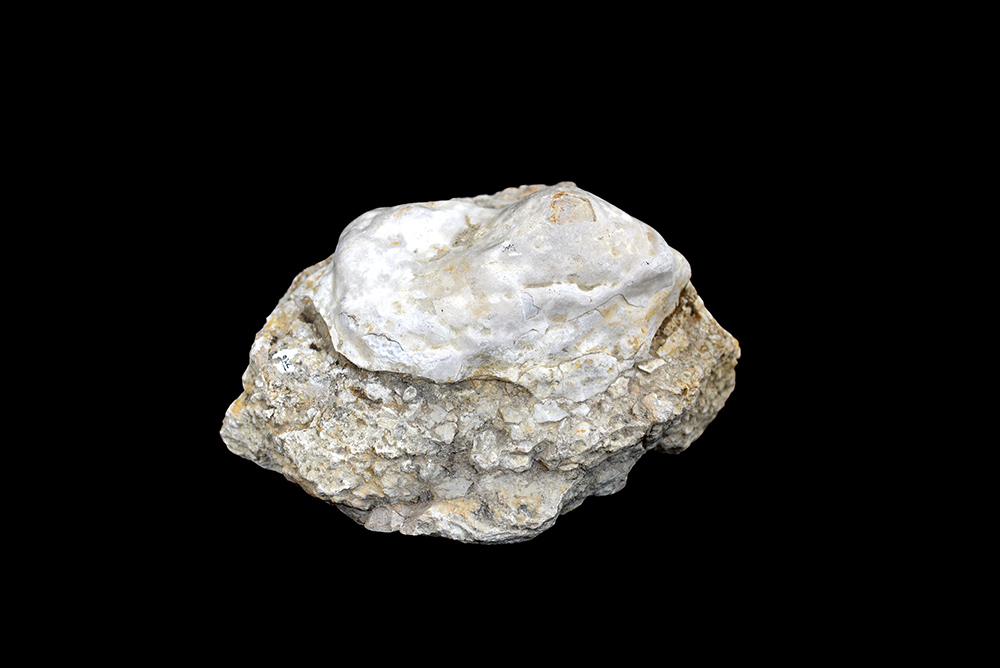 |
|||||||||||||||
| Fossil from the Living Land Archive | |||||||||||||||
 |
|||||||||||||||
| View of English Channel from pillbox | |||||||||||||||
